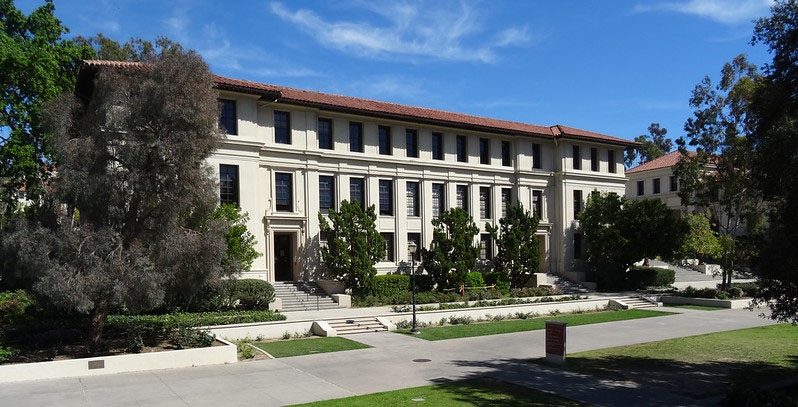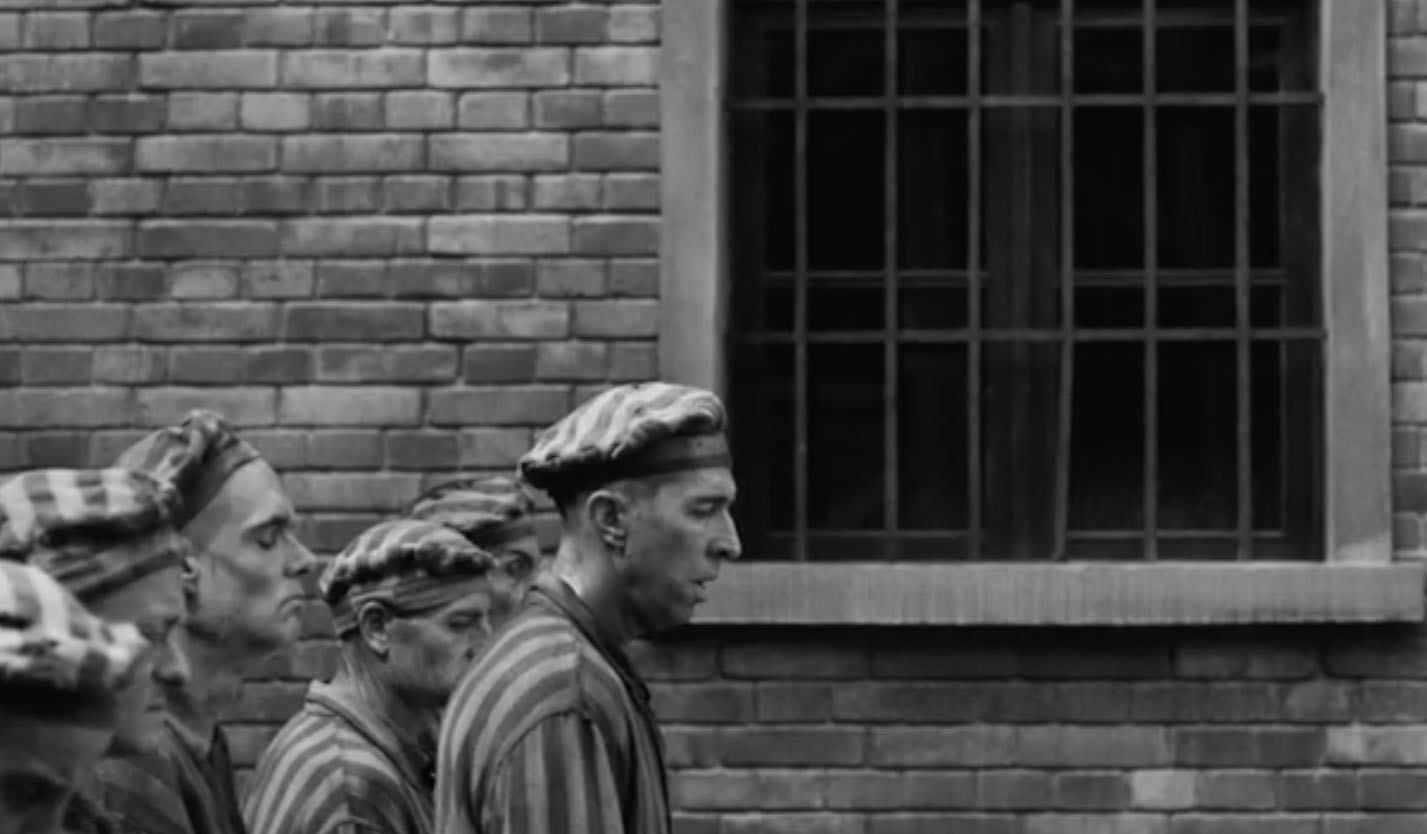
Once upon a time in Hollywood, before Harvey Weinstein’s name became shorthand for sexual predator, there was a studio where female directors and screenwriters ruled the roost and no aspiring actress had to prove her talents on the boss’ casting couch.
That was way back in 1912, when Carl Laemmle founded Universal Studios — the first of the major studios in the Los Angeles area. Universal employed 30 female directors and 45 female screenwriters.
In those days, Universal was known in the trade as the Female Shangri-La or the Manless Eden, according to journalist and producer Kathleen Sharp, who has written extensively on the early movie industry. In contrast, of the 100 top-grossing movies released in 2017, five were directed by women and nearly 90 percent of screenwriting credits went to men.
Carl Laemmle was born in 1869 as Karl Lämmle in the German town of Laupheim, which had an active Jewish community. He was the 10th of 13 children, eight of whom died in childhood.
At 17, Laemmle set sail for America and settled in Chicago. He spent his first few years as an errand boy for a drugstore and as a farmhand. He eventually rose from clerk to manager at a clothing store. Nevertheless, he wrestled with a nagging feeling that the promise of a land where he had been told the streets were paved with gold was eluding him.
One day, on his way home from work, he dropped in at a nickelodeon, housed in a dingy theater, where patrons with a nickel in their pockets could watch short, one-reel episodes of that amazing new invention — moving pictures.
Seeing the nickelodeons were always full and, having saved some money, Laemmle bought one, then more, moving to New York and becoming a distributor of the one-reelers. Then, to meet the demand, he started producing his own short-shorts.
Laemmle was only 5-foot-2, with a round, childish face and ever-present spectacles perched on his nose, but he was by no means a pushover.
At the time, inventor Thomas Edison held a monopoly on moving pictures and fought ruthlessly to preserve it. Over the years, Laemmle engaged in 289 lawsuits with Edison and Eastman Kodak and in 1912 joined with other small independents to form Universal.
Laemmle turned the women already on his payroll into directors and writers. They were given a crack at writing and directing short reels and feature-length movies.
Laemmle moved from New York, where the men who financed the fledgling movie industry held sway, and pioneered its eventual trans-continental move to sunny California. He bought a 320-acre site in the then-isolated and sparsely populated San Fernando Valley. It’s where his pro-feminist proclivities developed, because to survive and expand, he needed to make more films. However, it was difficult to lure established directors to the barren studio site or to meet their relatively high salary demands. So Laemmle turned the women already on his payroll into directors and writers.
These newly transformed artists included actresses, seamstresses, costume designers and other female employees who were given a crack “at writing and directing short reels and feature-length movies,” according to Sharp, author of the book “Mr. and Mrs. Hollywood: Edie and Lew Wasserman and Their Entertainment Empire.”
In addition, Laemmle named the strapping Laura Oakley, an actress and opera singer, as police chief of Universal City. Oakley’s job description included interviewing and picking talented actresses, thus obviating the need, even if there had been a desire, for a casting couch.
Over the next 20 years, Laemmle, backed by his “Universal Women,” released some 400 films, including such hits as “The Hunchback of Notre Dame,” “The Phantom of the Opera” and the Expressionist “The Man Who Laughs.”
In the late 1920s, Universal heir apparent Carl Laemmle Jr. became the studio head and produced such movies as “Dracula,” “Frankenstein” and the groundbreaking 1930 anti-war film “All Quiet on the Western Front,” the first talkie to win Best Picture.
The senior Laemmle puzzled and annoyed his fellow Hollywood moguls —Louis B. Mayer, Adolph Zuckor, William Fox, Harry Cohn and the Warner brothers — not only for his partiality to female directors but also by wearing his Jewish identity on his sleeve. He led seders at his house, was a close friend of Edgar Magnin, “The Rabbi to the Stars,” who frequently referred needy cases to Laemmle, and, most importantly, threw himself into the task of bringing German-Jewish filmmakers and other artists, imperiled by Hitler’s rise to power, to the United States. Laemmle assured the admission of some 300 famous and unknown Jews by signing affidavits, taking personal responsibility that none would ever apply for public assistance. Among those he saved was a Hebrew teacher from Swabia, Herman Einstein, whose son Sanford (Sandy) Einstein, now a retired publicist and promoter for rock bands, launched a one-man campaign to burnish Laemmle’s name and reputation.
In addition, Laemmle petitioned everyone, from President Franklin D. Roosevelt on down to issue more visas to Jewish refugees, despite the objections of the State Department and many American consular officials overseas. In one particular case, Laemmle implored Roosevelt — to no avail — to allow the Jewish passengers of the German ship MS St. Louis to disembark its fleeing Jewish refugees at a U.S. port.
Laemmle persistently tried to engage his fellow Jewish moguls in his effort to rescue German Jews. He was consistently rebuffed with the declaration, “We are Americans,” and therefore had no obligation to help foreign Jews.
However, Laemmle shared one habit with the other Jewish Hollywood moguls, which was to put every needy relative on the studio payroll. For instance, MGM was widely known as “Mayer’s Ganze Mishpoche” (Yiddish for Mayer’s Whole Family). As for Laemmle, who was addressed by everyone, including his own family, as “Uncle Carl,” he was celebrated by Ogden Nash, the American poet best known for his light verse, who wrote:
Uncle Carl Laemmle Has a very large fammelee
Uncle Carl’s family loyalty was focused on his son, Carl Jr., whom he groomed from childhood to take over as studio head when he reached 21. His choice was not a fortuitous one as Junior’s lavish spending habits, coupled with the deepening Depression, forced Universal into bankruptcy in 1936.
Carl Laemmle has not been forgotten by the citizens of Laupheim, where he was born and whose institutions he generously supported as he came into money. The grateful residents named a major street the Karl Lämmle Strasse in the 1920s, which was renamed in 1933 as the Adolf Hitler Strasse. The original name was reinstated after Germany’s defeat in World War II.
Last year, the city of Stuttgart near Laupheim and the main city in the Swabian region of southwest Germany, opened an exhibit on local son Carl Laemmle’s life and accomplishments. The local paper previewed the opening with
an article headlined, “A Swabian Jew Invents Hollywood.”























 More news and opinions than at a Shabbat dinner, right in your inbox.
More news and opinions than at a Shabbat dinner, right in your inbox.